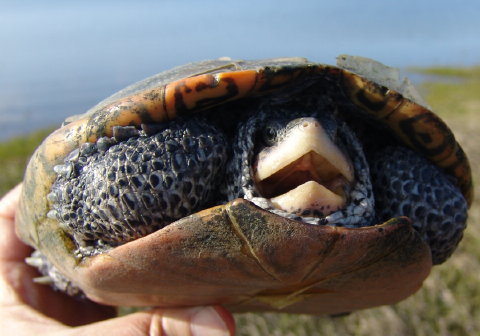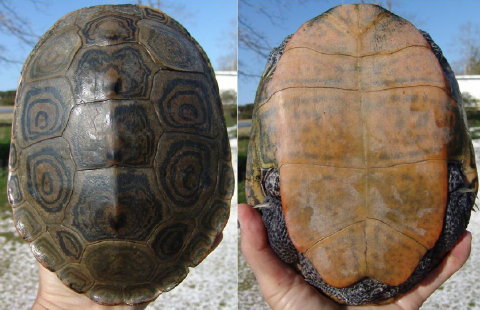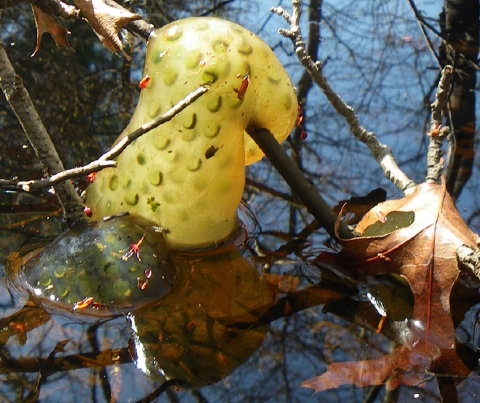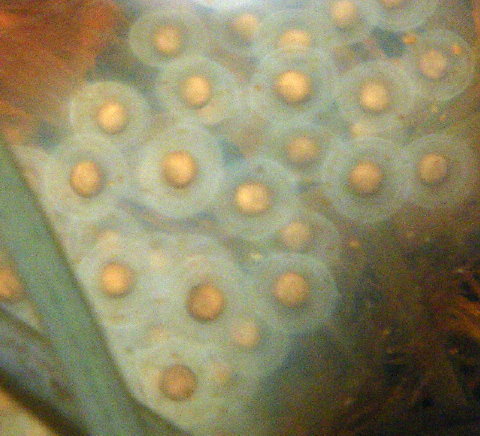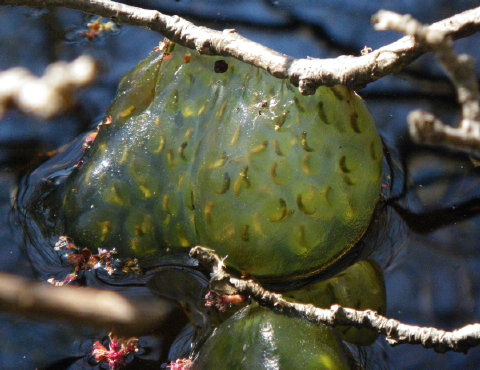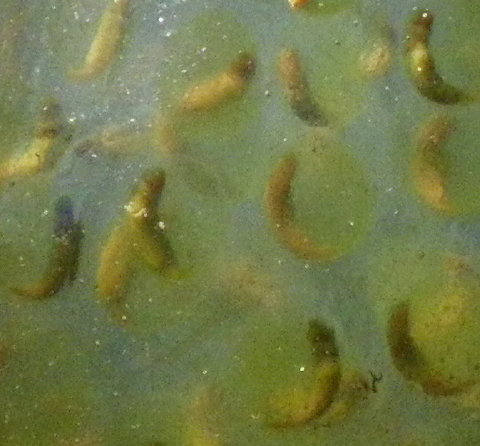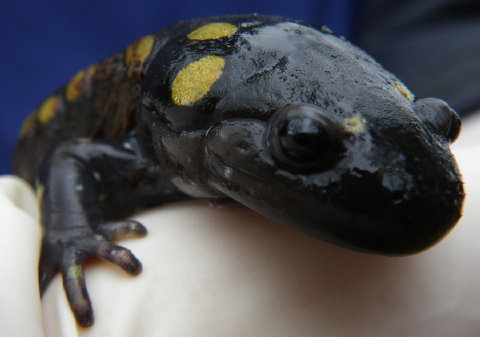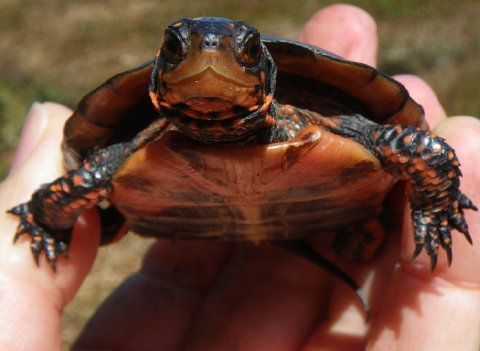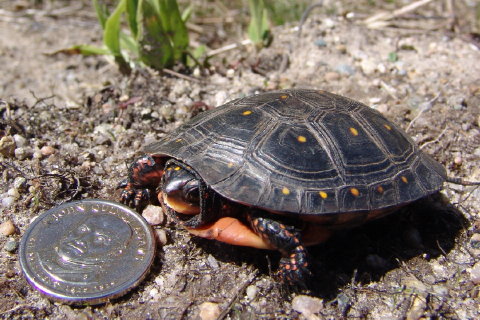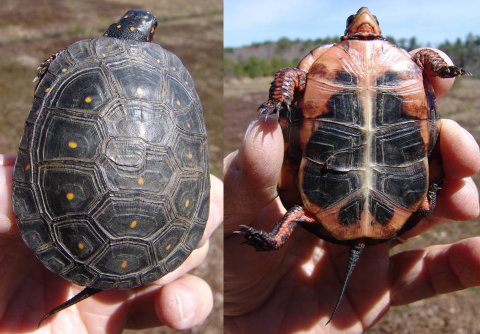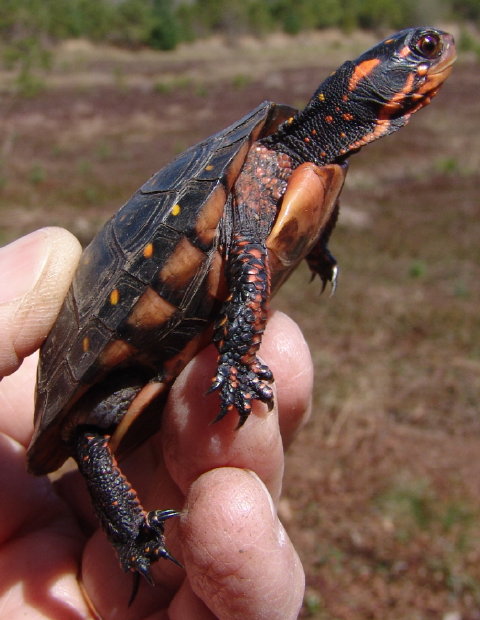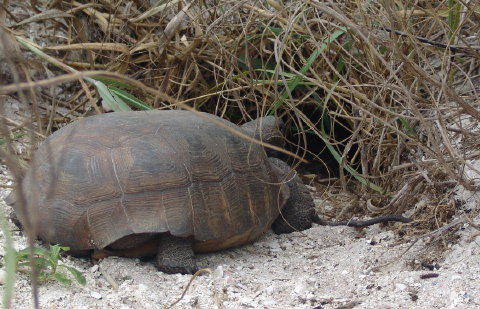
Florida Calico Box Crab (Hepatus ephiliticus)
Sue Wieber Nourse of Turtle Journal spent the morning exploring Vanderbilt Beach on the Gulf Coast of Florida. Increasingily powerful rays warm beach, water and abutting uplands, beginning the annual transformation from leisurely winter adagissimo to the quickening cadence of springtime. Researchers have begun patrols along the shoreline in anticipation of the first nesting loggerhead sea turtles that may arrive any night. Gopher tortoises can be spied each morning moving slowly deep inside their burrows and beginning to venture into the midday sunshine in search of prospective mates.Â

Calico Box Crab on Vanderbilt Beach in Naples, FloridaÂ
One of the first critters to greet Sue in the warm April sunshine this morning was a rather clownly attired calico box crab. Clearly ready for action, it seemed prudent to snap a few pictures and move on down the beach.
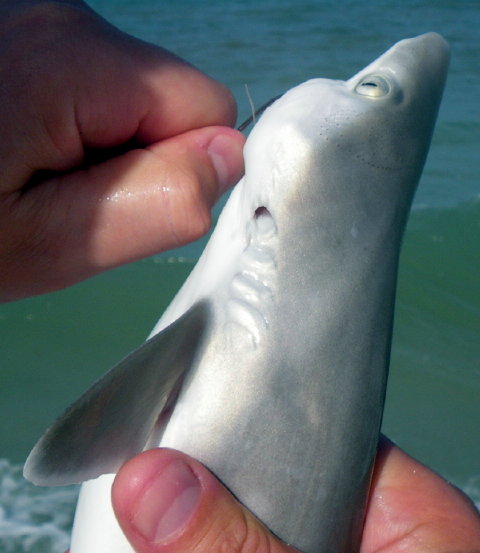
Juvenile Shark Hooked off Vanderbilt Beach in Naples, FloridaÂ
A fisherman had hooked a juvenile shark while bottom fishing off Vanderbilt Beach and Sue happened by just as he attempted to remove the hook and release the animal back into the Gulf.
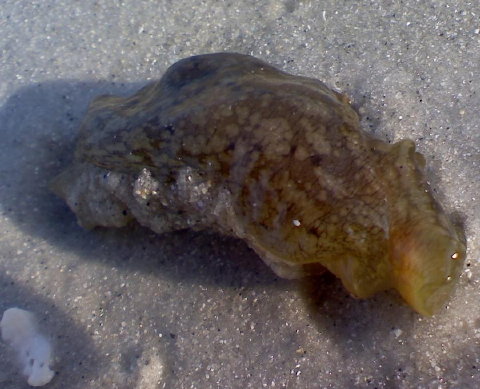
Sea Hare on Gulf Coast Florida Beach
One of our favorite Florida creatures is the sea hare.  When I think of the oft recited fable of “The Hare and the Tortoise,” and its ironic outcome, I’m convinced that Aesop must have been thinking of the sea hare as the turtle’s competitor. Yes, I understand that it would ruin the moral of the story, but it would be a great deal more faithful to natural history and a little more believable … even for a turtle lover.

 Snook
Illustrating the wide variety of species dotting the Gulf coastline of Southwest Florida, a snook had washed ashore on the beach by the Ritz Carlton Naples Resort Hotel.
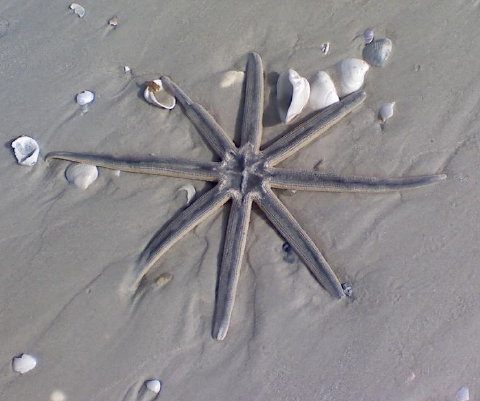
Southwest Florida Sea Star
I guess it was inevitable to find a star basking on Southwest Florida’s golden beach in hope of discovery by some modern day Cecil B Demille. Long gone is the era of soda fountains at corner drug stores, so perhaps starlettes today can only be found bathing in southern sunshine.  This specimen does seem perfectly shaped for the glitsy Walk of Fame at the intersection of Hollywood and Vine. Who cares that it has three extra points. Wouldn’t you prefer an eight star restaurant over an ordinary five star eatery? If five is good, eight must be so much better.
